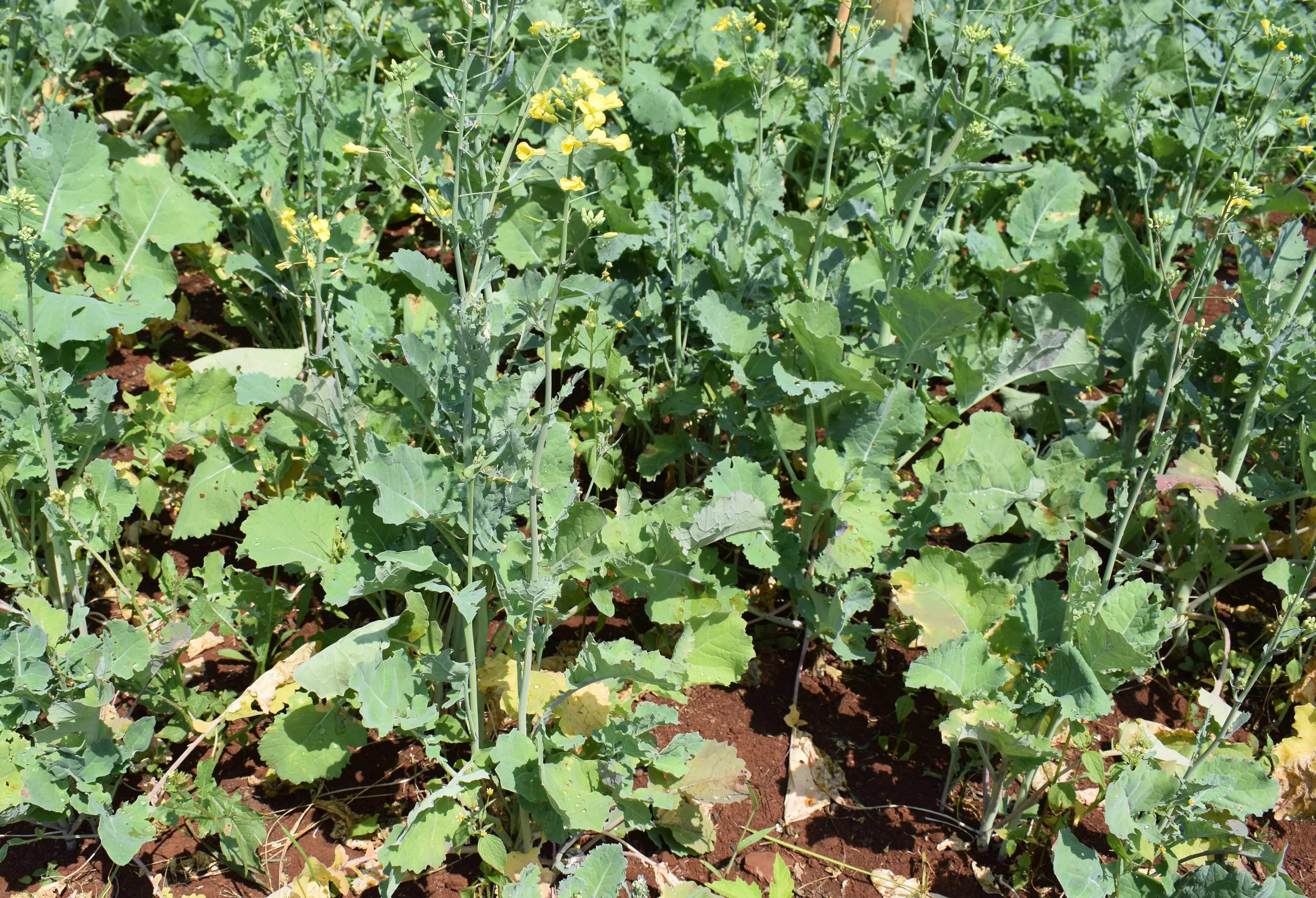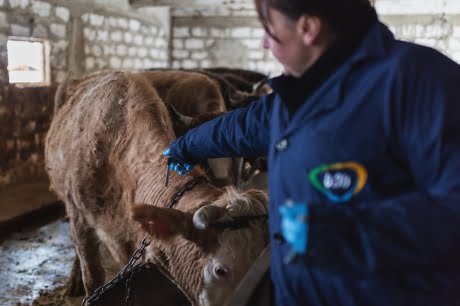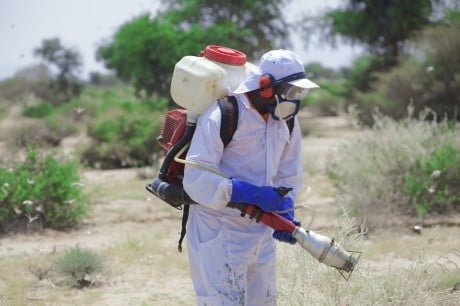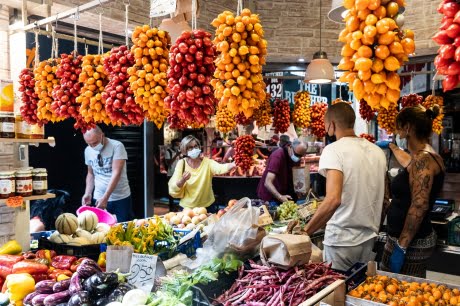What is the main cause of the improper use of pesticides? This is a question that can generate a million and one answers. But let us remove this misconception that pesticides misuse is happening because of failed extension services and say that ignorance is the only sin as far as chemical misuse is concerned. This is because every pesticide has a statutory box in its label that has clear instructions on how to use it safely. An extension officer whether present or absent won’t be armed with a different set of information but will refer to the same instructions on the label which are written in both English and Kiswahili. Our advice to the farmers is to adhere to the instructions on the label.
Let’s talk about pesticides briefly in reference to MRLs or Maximum Residue Levels which is the maximum allowable residues in a specific vegetable or food after a certain known pesticide has been sprayed on it in respect to the label instructions. MRLs are therefore set parameters usually expressed in ppm or parts per million of a product. allowable in a kg or a gram of food being analyzed. Such levels are set by the chemical manufacturers on request by the regulating bodies which are then subjected to various considerations among them consumers dietary habits and the life expectancy.
It’s important to note that MRLs are not a measure of food safety but a measure of adherence to good agricultural practices. It is therefore unfortunate to note that food safety activists have wrongly embraced MRLs to mean total food safety. (Consuming food that has exceeded MRL does not necessarily mean a risk to health)
The concern about pesticides abuse in the European Union (EU) member states focused more on who was at the highest risk of harm. You would be surprised to note that the consumers are at the lowest risk of harm or exposure from pesticides.
Those at the highest risks are:
- Those handling pesticides in their concentrated form e.g. Store operators or spray operators who mix the chemicals themselves. This category of users is Protected from harm or exposure through recommendations of certain enhanced Personal Protective Equipment (PPE) which includes face shields when dispensing chemicals.
- Spray operators handling diluted chemicals – Protected through the use of PPE.
- Bees and aquatic lives. These are protected through the dosage rates, spray buffer zones and timing when bees are not searching for pollen.
- Those working in sprayed grounds or crops. These are protected through specifying re-entry periods.
- Consumers. Safeguarded by observing Pre-harvest intervals (PHI)
There is something called COSHH (Control of Substances Hazardous to Health) which is a requirement in EU member states for anyone using pesticides. We need to borrow this as a country. COSHH is all about pesticides safety which stresses more on the decision-making process before a spraying product is settled on.







